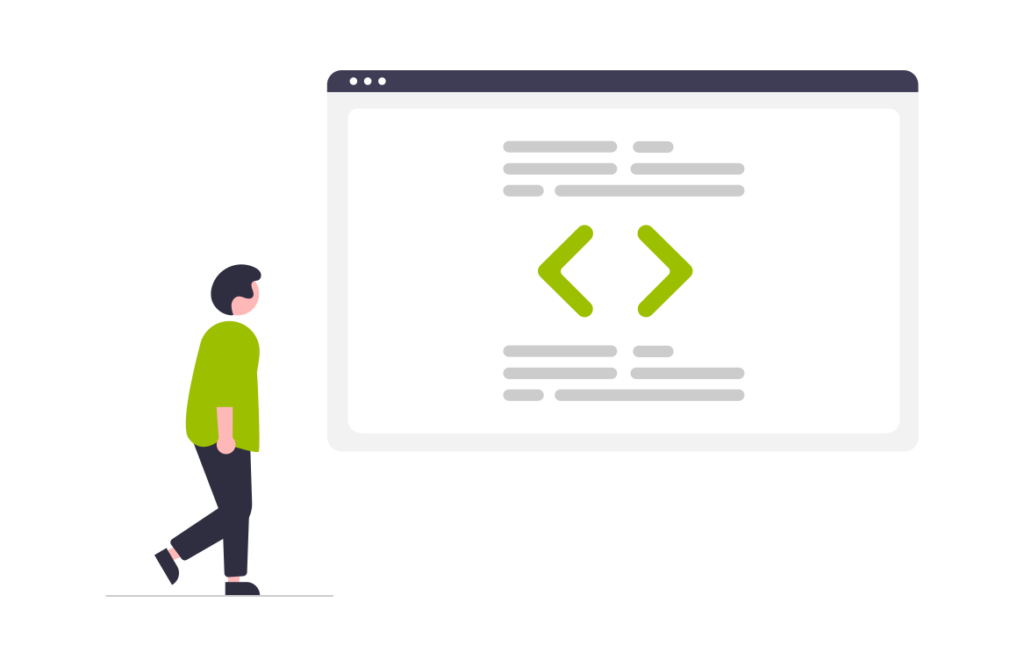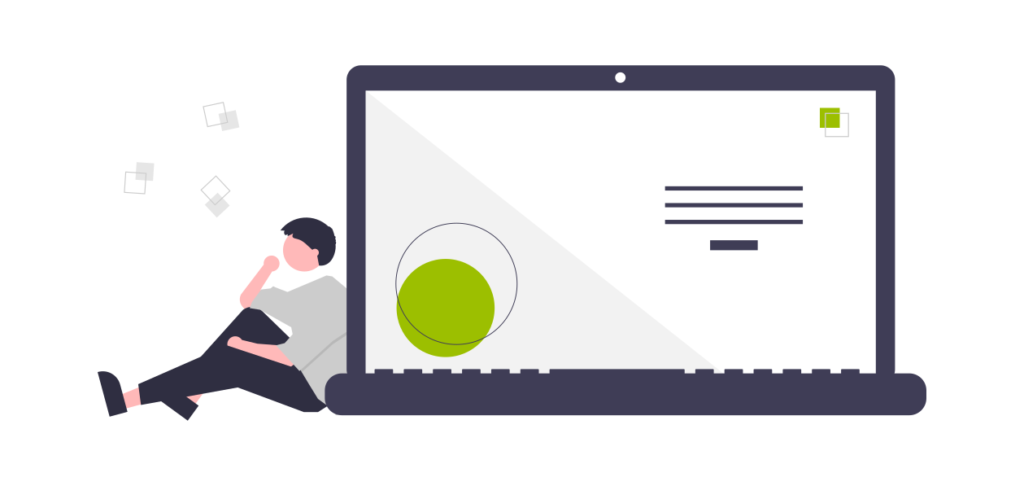Essentially, there are two main types of software: software as a service (SAAS) platforms and traditional computer application software. SAAS platforms are primarily web-based application software accessed through a web browser and require no installation. In contrast, when it comes to conventional computer application software, one must install it on their computer to use it.

In today’s article, we will discuss the intricacies of the two and the distinguishing factors of these two types of software.
A Brief Introduction to:
Software as a Service (SaaS)

Before we learn what software as a service is, here’s an interesting Fortune Business Insights statistic, you should know.
The global software as a service (SaaS) market was USD 113.82 billion in 2020. The market is expected to grow from USD 130.69 billion in 2021 to USD 716.52 billion in 2028 at a CAGR of 27.5% in 2021-2028.
In simpler terms, a software as a service or SaaS platform is a software distribution model in which a software provider hosts their application software on the cloud and makes the copy of that software available to end users over the internet while charging a fixed subscription fee. SaaS platforms are easily accessible on any device’s web browser with an active internet connection and do not require physical installation.
Also Read: SaaS vs. IaaS vs. PaaS: How Can Businesses Choose the Best Model?
Regular Software

According to Statista, the market’s largest segment is Enterprise Software, with a projected market volume of US$243.30bn in 2022.
But what is enterprise software? Well, let’s get to know.
Regular computer application software is an executable file that has to be installed on the user’s computer to run locally. To support this application software, you must maintain the server hardware, operating system, database management systems (DBMS), network bandwidth, and security components.
In addition, to work with regular computer application software, you will need to purchase and install the software license for each user and train your users about how to use these applications.
SaaS vs. Regular Software: The Key Differences

We now have a basic understanding of SAAS software as a service platform and regular application software; moving forward, let’s compare the two in detail.
Customizability
A regular computer application software might win a point here compared to software as a service (SaaS) in terms of customizability. On the one hand, SaaS applications being pre-built software are available on subscriptions. They aren’t as flexible as traditional application software because customization is typically limited to whatever tools the SaaS company offers. On the other hand, enterprises using standard computer application software have the upper hand in customizability because of the ownership and thus have the right to customize the software as per their needs.
Installation
Installation, as read above, is one of the most significant distinguishing factors when comparing SaaS applications and traditional computer application software. Software as a Service (SaaS) does not require installation; however, to operate a regular computer application software, the user has to install and maintain the software, server hardware, operating system, database management systems (DBMS), network bandwidth, and security components essential to support these applications.
Pricing
While comparing the cost to the business, software as a Service (SaaS) might have an advantage over traditional software. For instance, SaaS application software often comes with a monthly subscription. In contrast, one must purchase a software license for each user for standard computer application software, which can be expensive for most businesses.
Architecture
SAAS software as a service platform is built on a multi-tenant architecture, which means that all users share the same application instance and database. Regular software applications, on the other hand, have a single-tenant architecture where each user has its server hardware, operating system, and database management systems (DBMS), making regular software applications more expensive to run as compared to SaaS applications since you need to purchase and install the software license for each user.
Querying and Reporting
The SaaS software as a service platform’s multi-tenant architecture creating queries and reports presents a challenge for enterprises. Queries and reports are supposed to thoroughly scan the entire database for data, generating tedious processing overhead in a multi-tenant environment, thus ultimately affecting other organizations who share the same database, thus limiting the kind of querying and reporting available to the user.
By contrast, querying and reporting in a traditional computer application software setting can be done with third-party tools via ODBC; and the data sets can be pulled and reformatted in a comparatively convenient data warehouse.
Data Ownership
Software as a service is a subscription-based software application solution. Any enterprise working with a SaaS software as a service platform does not own the software and thus does not own the data stored in the application instance or database.
The data of the SaaS application is owned and stored by the SaaS company, which certainly is a significant concern for businesses storing sensitive data in a SAAS platform.
In contrast, businesses working with regular computer applications own the data and can access it anytime without the SaaS company’s consent.
Scalability
SAAS platforms are not as scalable as regular software applications. Most SAAS applications support a fixed number of users. As and when the business scales further, companies using the software as a service have to purchase more licenses for the SaaS software as a service platform, which will ultimately be an expensive affair.
Regular computer application software is scalable and can support any number of users without additional cost, making them more suitable for businesses that regularly add new users.
Security and Privacy
Regular software applications have a single-tenant architecture. Each user has its server hardware, operating system, and database management systems (DBMS), making them seamlessly accessible to hackers as they only need to breach one server to access all the data.
SAAS platforms also have a higher risk of data breaches due to their multi-tenant architecture. All users share the same application instance and database, making it easier for hackers to access it if they know how to do so.
Conclusion
Now that we have a fair understanding of the distinction between software as a service (SaaS Platform) and traditional computer applications, the bottom line is that SAAS software as service platforms focus on delivering a better user experience while making it easier for customers to get up and running.
However, for businesses looking forward to having their traditional software, it’s best to get in touch with tech experts from a renowned software development company to know how the platform works and what kind of customer support they offer.
Which is suitable for your organization will ultimately, of course, depend on your needs and resources.




